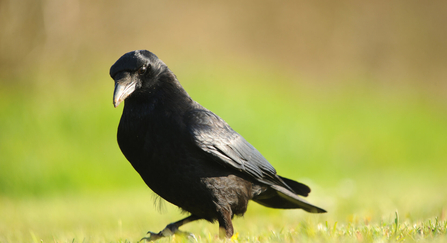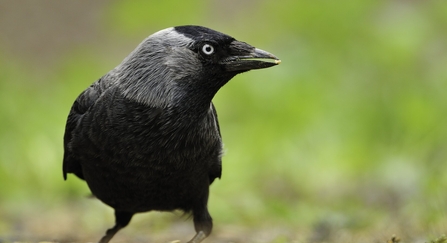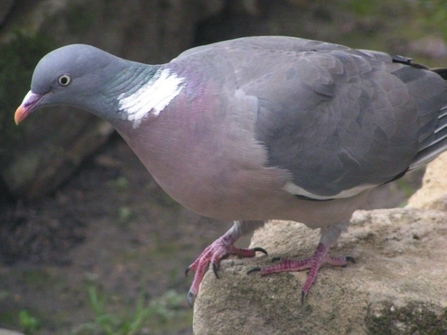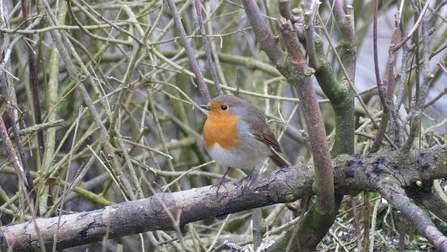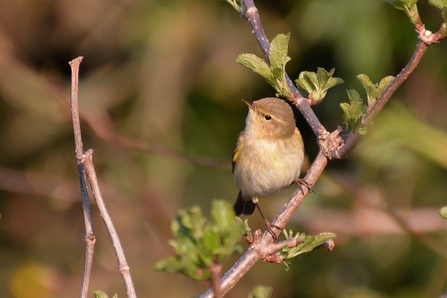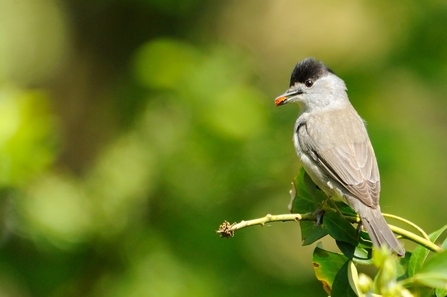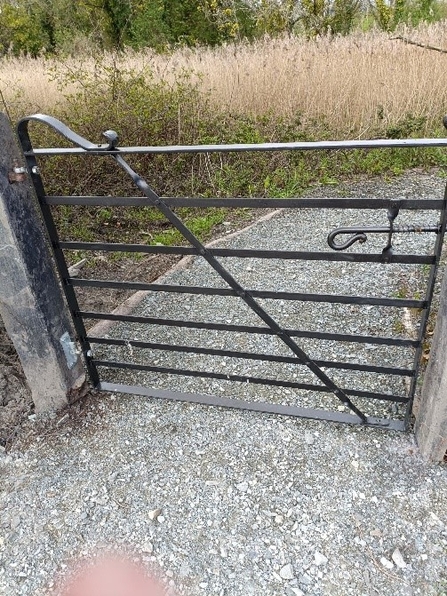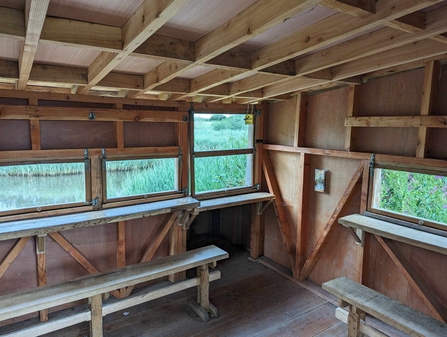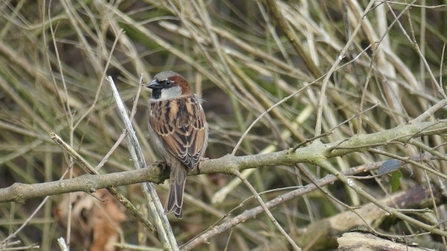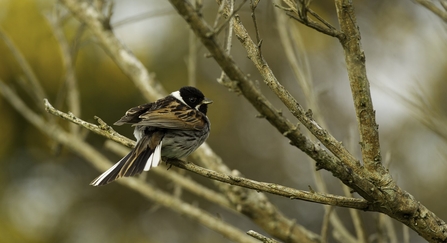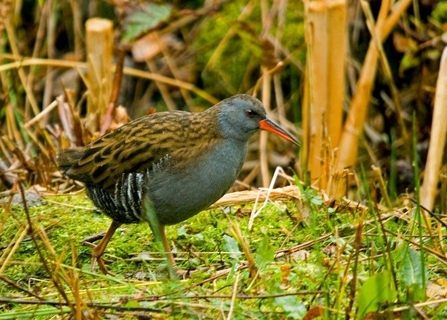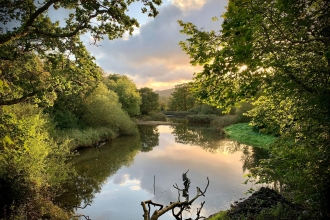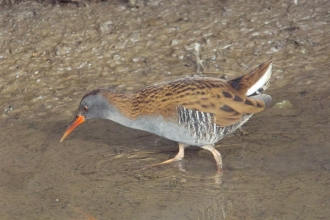In our fourth and last part of our series 'Song of the Spinnies', we will be talking about the Viley Hide. It’s also worth just taking a moment just before coming up to this hide to listen to the birds alongside the quiet roadside.
Be aware of the cars driving to and from the carpark and keep the side of the road. But, if you do stop and listen here, you’ll notice, up in the high trees, the crows cawing above you, and, if you keep an ear out, you can also hear the “kyak” or “tjak” call of the jackdaw. This call may sound to some like it’s saying 'jack-jack', like its name.


